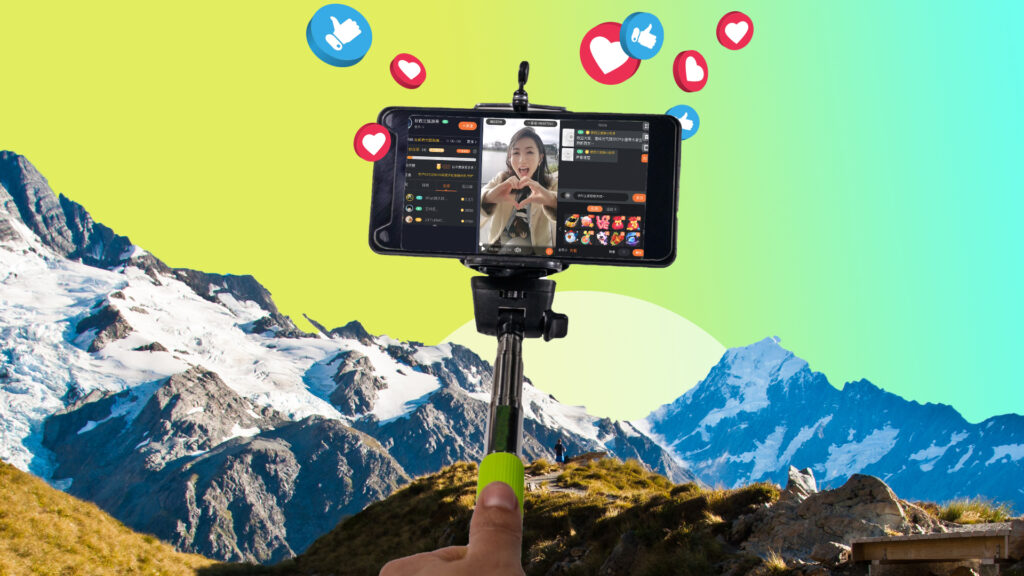New Zealand began feeling COVID-19’s squeeze sooner than most.
Tourism is the country’s largest export earner and China its most lucrative market. In December, the government reported a 9 percent year-on-year dip in Chinese visitation and when it closed borders to China for an initial two-week period in February, the travel plans of 20,000 were immediately jettisoned costing the industry $60 million.
Today, flights remain grounded and the damage inflicted stands at several multiples higher than that number. The government has allocated $265 million to a tourism recovery fund focused on pivoting businesses towards domestic and Australian markets.
Even still, the country’s destination marketing organization, Tourism New Zealand, continues to devise creative ways to engage with a market that delivered more than 400,000 tourists in 2019.
We spoke to Tourism New Zealand Asia’s General Manager Gregg Wafelbakker to understand the changing role of his organization in this moment and its blossoming digital connections with China.
What is the current focus of Tourism New Zealand?
Right now, like many places around the world, we’re not able to welcome international visitors so our focus is on supporting the New Zealand tourism sector through business advice and marketing activity to appeal to domestic visitors.
How are you marketing New Zealand at this time?
Getting people to dream is an important part of the process, even if they aren’t able to plan and book yet. There is a desire for uplifting, inspirational travel content, we need to get people thinking about New Zealand now so that we are top of mind when it’s safe to travel.
How important are Chinese travelers to New Zealand’s tourism industry?
China is our second largest market and most valuable market in terms of holiday visitor spend. Chinese visitor arrivals to New Zealand in 2019 reached 407,141.
You have used Weibo a lot to connect with China, Could you discuss?
We have been encouraging future visitors to experience New Zealand through digital content on Weibo, we cooperated with Weibo to launch a live streaming of little blue penguins at the Christchurch International Antarctic Centre, and have joined hands with local Weibo influencers in livestream to tell their New Zealand travel experiences.
What style of content has worked best on Weibo?
Chinese audiences tend to engage more with visual content, such as beautiful landscape images and short video content. Weibo interactions such as lucky draws have been well received. We closely follow what content consumers like and try to be innovative and creative in our approach and try new things.




